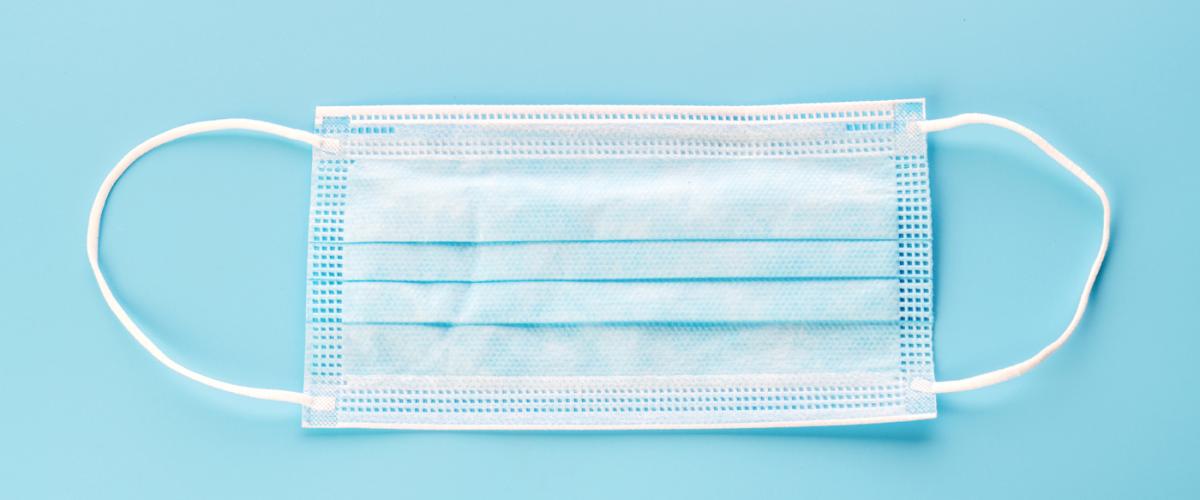University of Minnesota establishes the National Resource Center for Refugees, Immigrants and Migrants
With more than $5 million in support from the Centers for Disease Control and Prevention and the International Organization for Migration, the University of Minnesota has established the National Resource Center for Refugees, Immigrants, and Migrants (NRC-RIM) that focuses on COVID-19 prevention, control and mitigation.
NRC-RIM will develop and disseminate best and promising practices for state and local health departments, create linguistically and culturally appropriate health communications and education, and develop training materials for public health workers and professionals. The center will also provide technical assistance to state and local health departments upon request and explore innovative strategies through pilot projects. While based at the University of Minnesota, the NRC-RIM will have a national reach.
Led by PI William Stauffer, MD, professor of Medicine and Pediatrics, Division of Infectious Diseases and International Medicine, and director of Human Migration and Health, Center for Global Health and Social Responsibility (CGHSR); and co-PI Shailey Prasad, MD, professor of Family Medicine and Community Health and CGHSR executive director, NRC-RIM will support state and local health departments that are facing extensive COVID transmission among RIM populations.
“The pandemic has brought the inequities and disparities experienced by certain groups in our country into sharp focus,” said Jakub Tolar, MD, PhD, vice president for clinical affairs. “Certain immigrant groups face social and structural challenges that lead to more disease and death from COVID. In addition, these marginalized communities are also predisposed to other adverse social impacts of the pandemic such as food insecurity and loss of housing and wages. This unique time gives us, as a society, the opportunity to do better and to address some of these inequities and disparities, and develop standards and systems that improve health and wellbeing—now during the pandemic and into the future.”
There is clear evidence that the outbreak disproportionately affects some populations, including certain RIM communities. There are multiple factors that drive this disproportionate impact, such as work environments that make social distancing challenging, tenuous social and economic positions that make prevention and mitigation activities such as isolation and quarantine difficult, and multiple barriers to healthcare access. These and other factors lead to increased social harm, infection rates, disease morbidity, and death.
In addition to supporting state and local health departments, NRC-RIM will partner with community-based organizations to address the worsening health disparities in RIM populations caused by the COVID-19 pandemic.
“A core guiding principle of NRC-RIM is that the knowledge, attitudes and practices of the community are key, and that solutions should be developed in genuine partnership with affected communities,” said Prasad. “To that end, we will leverage extensive and longstanding community networks and partnerships to complement the traditional response structure offered by the CDC and others. The success of NRC-RIM will be a direct result of us all working in collaboration to develop resources to improve health care delivery to the RIM communities."
A Community Leadership Board, consisting of individuals from around the country who identify as members of RIM communities and who have experience interfacing between communities and public health or health systems, has been created and will advise and guide the project at the executive level.
NRC-RIM is housed in the CGHSR with current collaborators from the University’s Medical School, School of Nursing, School of Public Health, College of Education and Human Development, and the Upper Midwest Agricultural Safety and Health. Subawardees of the CDC funding include the Minnesota Department of Health, International Rescue Committee, Migrant Clinicians Network and Children’s Hospital of Philadelphia.
This story was originally published on Nov. 17 by University News
